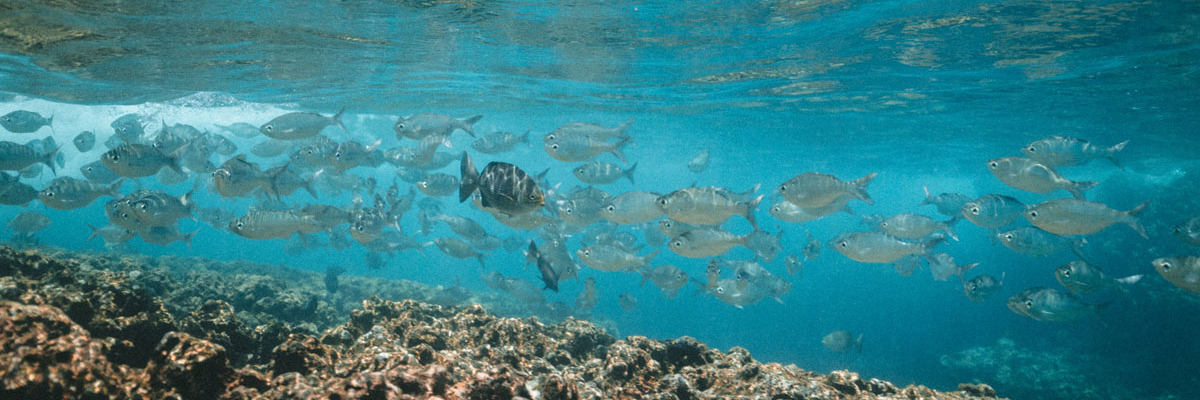This event has led scientists and high-profile figures such as Sir David Attenborough to call for urgent action to protect the reef from annihilation.
There is indisputable evidence that climate change is harming the reef. Yet, so far, no one has assessed how much climate change might be contributing to bleaching events such as the one we have just witnessed.
Unusually warm sea surface temperatures are strongly associated with bleaching. Because climate models can simulate these warm sea surface temperatures, we can investigate how climate change is altering extreme warm conditions across the region.
Daily sea surface temperature anomalies in March 2016 show unusual warmth around much of Australia. Author provided using OSSTIA data from UK Met Office Hadley Centre.
We examined the Coral Sea region (shown above) to look at how climate change is altering sea surface temperatures in an area that is experiencing recurring coral bleaching. This area has recorded a big increase in temperatures over the past century, with March 2016 being the warmest on record.
Examining the human influence
To find out how climate change is changing the likelihood of coral bleaching, we can look at how warming has affected the likelihood of extremely hot March sea temperature records. To do so, we use climate model simulations with and without human influences included.
If we see more very hot March months in simulations with a human influence, then we can say that climate change is having an effect, and we can attribute that change to the human impact on the climate.
This method is similar to analyses we have done for land regions, such as our investigations of recent Australian weather extremes.
We found that climate change has dramatically increased the likelihood of very hot March months like that of 2016 in the Coral Sea. We estimate that there is at least a 175 times increase in likelihood of hot March months because of the human influence on the climate.
The decaying El Niño event may also have affected the likelihood of bleaching events. However, we found no substantial influence for the Coral Sea region as a whole. Sea surface temperatures in the Coral Sea can be warmer than normal for different reasons, including changes in ocean currents (often related to La Niña events) and increased sunshine duration (generally associated with El Niño conditions).
Overall, this means that the influence of El Niño on the Coral Sea as a whole is weak. There have been severe bleaching events in past El Niño, neutral and La Niña years.
We estimate that climate change has increased temperatures in the hottest March months by just over 1℃. As the effects of climate change worsen we would expect this warming effect to increase, as has been pointed out elsewhere.
March 2016 was clearly extreme in the observed weather record, but using climate models we estimate that by 2034 temperature anomalies like March 2016 will be normal. Thereafter events like March 2016 will be cooler than average.
Overall, we’re observing rapid warming in the Coral Sea region that can only be understood if we include human influences. The human effect on the region through climate change is clear and it is strengthening. Surface temperatures like those in March 2016 would be extremely unlikely to occur in a world without humans.
As the seas warm because of our effect on the climate, bleaching events in the Great Barrier Reef and other areas within the Coral Sea are likely to become more frequent and more devastating.
Action on climate change may reduce the likelihood of future bleaching events, although not for a few decades as we have already built in warming through our recent greenhouse gas emissions.
Find out about the methods we used.





